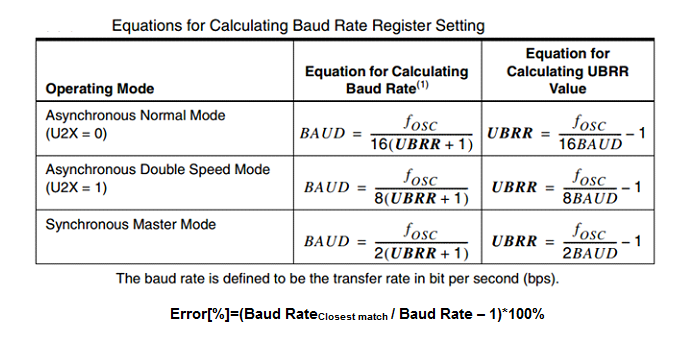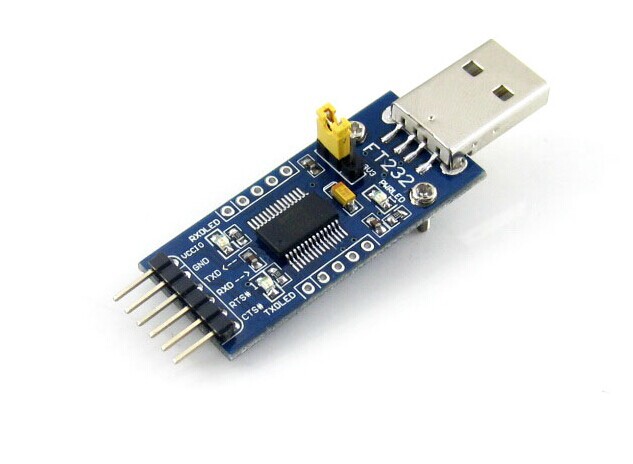Speed (Baud rate)
USART Pin Configuration
AVR basic Registers
UDR: USART Data Register
UCSRA
UBRR
UCSRA: USART Control and Status Register A

UCSRB: USART Control and Status Register B

UCSRC: USART Control and Status Register C

UBRRL and UBRRH: USART Baud Rate Registers



/* Name : UARTmain.c
* Purpose : Source code for UART interface with ATMEGA16.
* Author : Gemicates
* Date : 2017-09-09
* Website : www.gemicates.org
* Revision : None
*/
#ifndef F_CPU
#define F_CPU 8000000UL // 8 MHz clock speed
#endif
#include<avr/io.h>
volatile char Rec_Data;
int main()
{
DDRD = 0X02; // PORTD 2nd pin Is set as Output (RD1=1)
UCSRA = 0X00; // Clears TXC & RXC Flag Bit
UCSRB = 0X18; // Transmission Enabling (TXEN=1)
UCSRC = 0X86; // URSEL=1,UMSEL=0,UCSZ1=1,UCSZ0=0
UBRRL = 51; // Serial Baudrate=9600
UDR = 'B'; // Transmit a charcter
while((UCSRA & 0X20)!=0X20); // UDRE Flag Bit Check
while(1)
{
while((UCSRA & 0X80)!=0X80); // RXE Bit Check
Rec_Data=UDR; // Double Buffered TX/RX Register
UDR= Rec_Data;
while((UCSRA & 0X20)!=0X20); // UDRE Flag Bit Check
}
}
